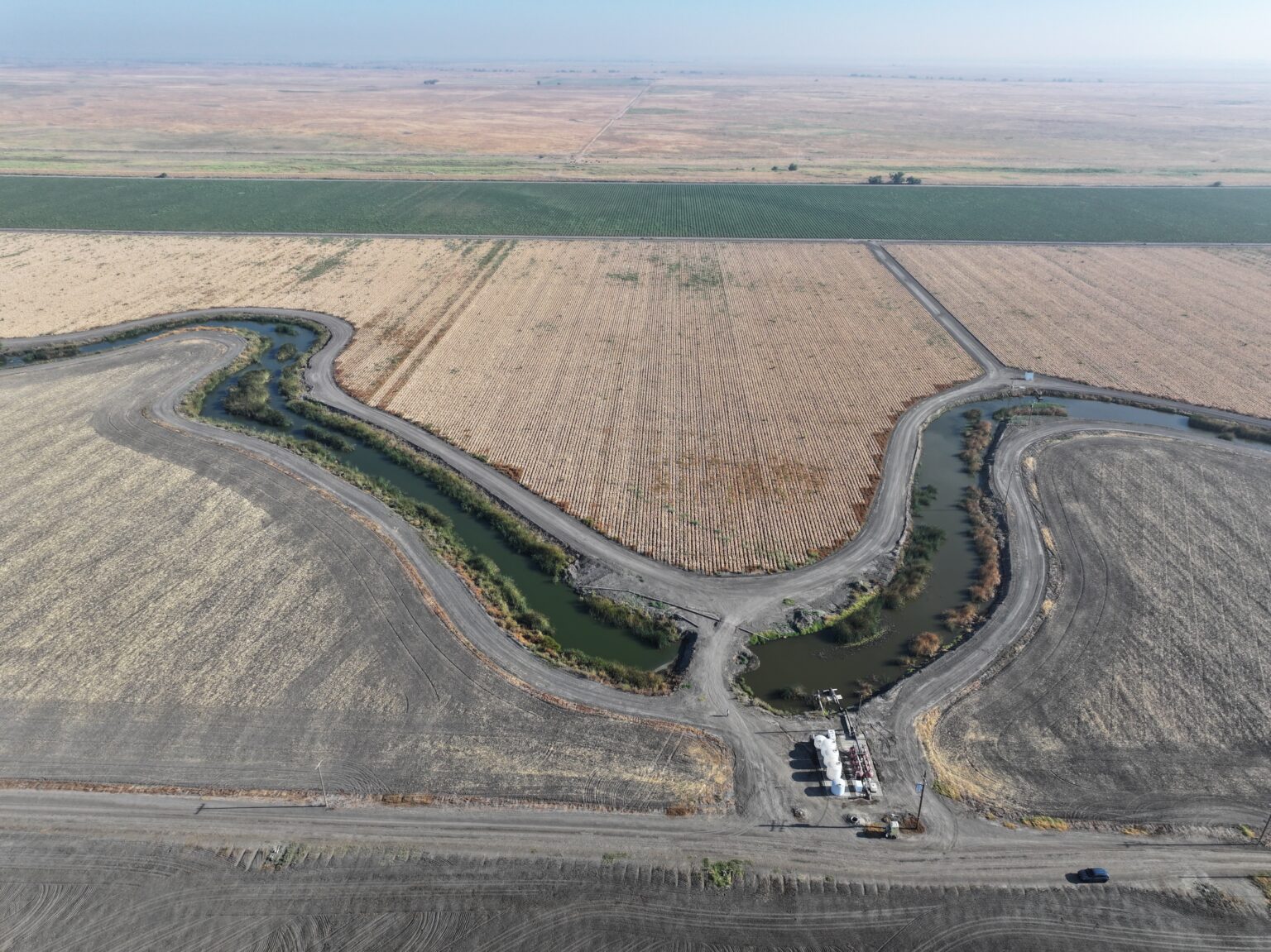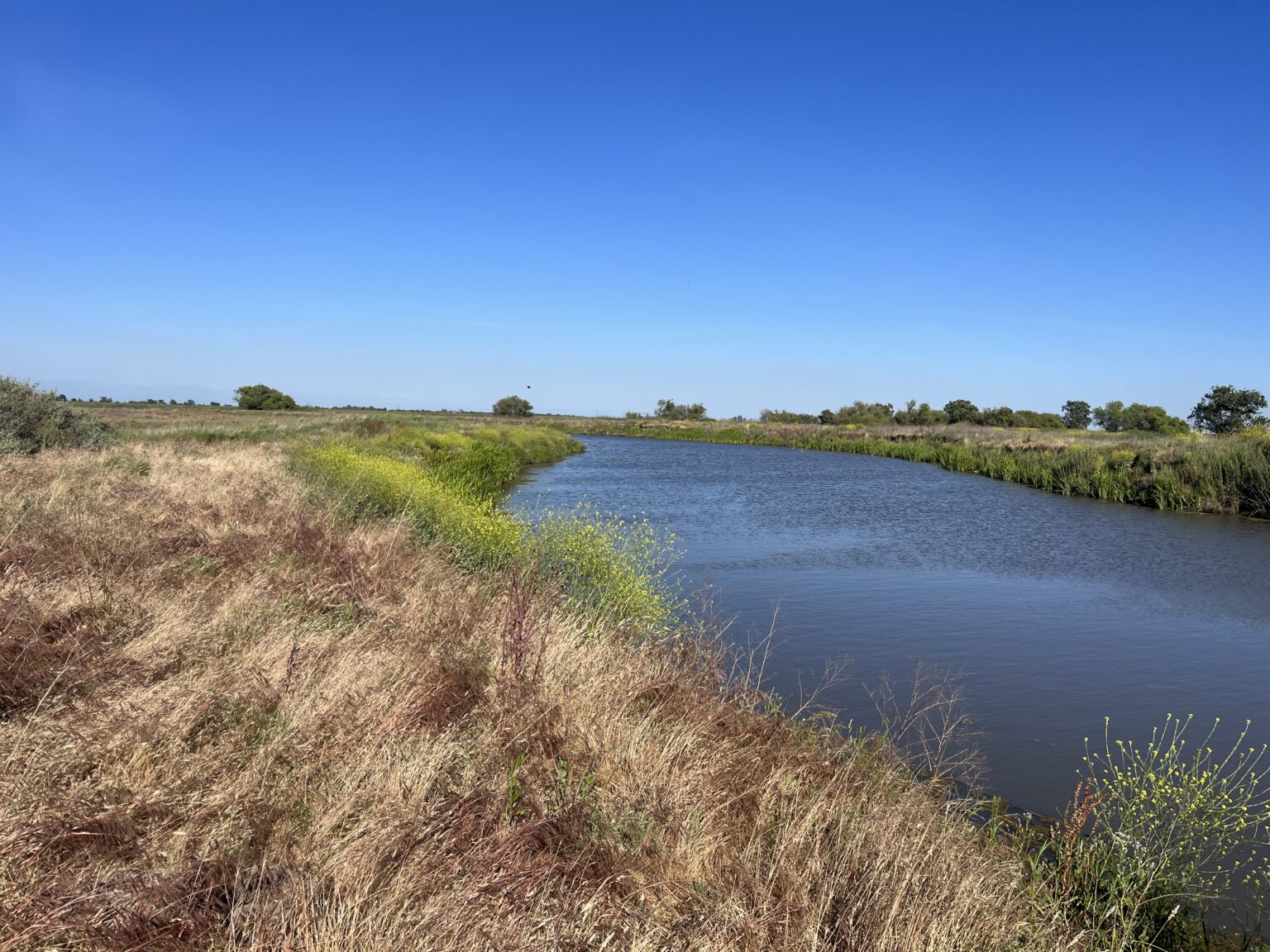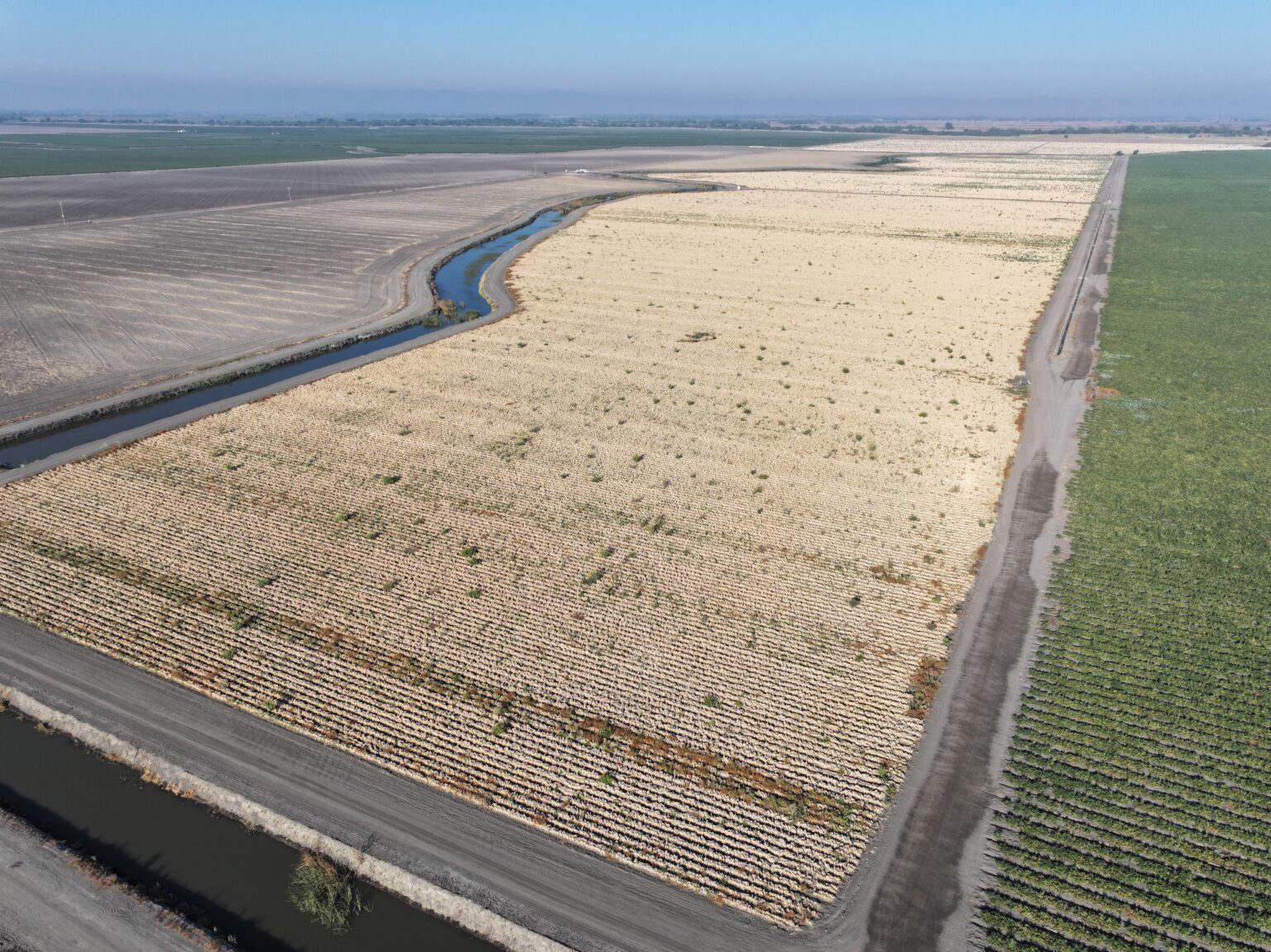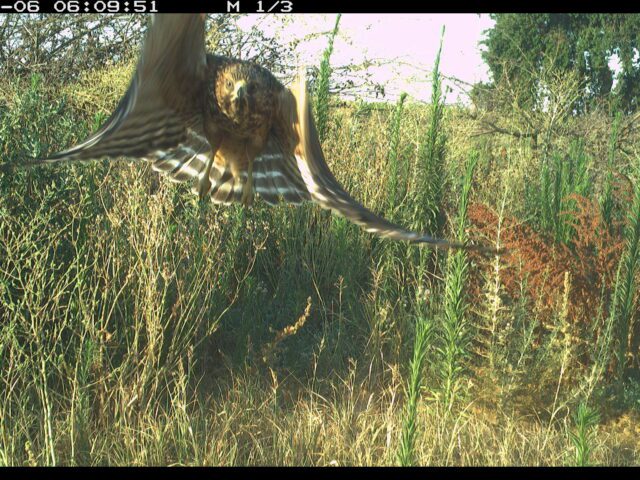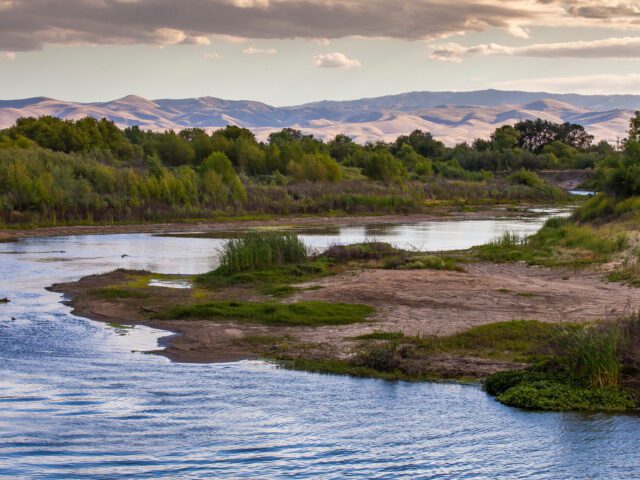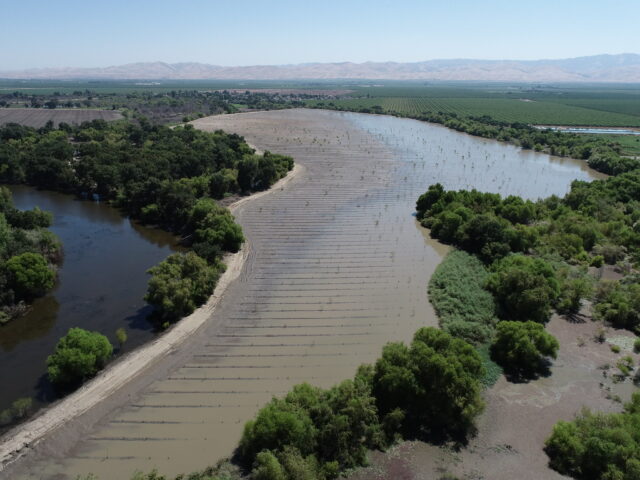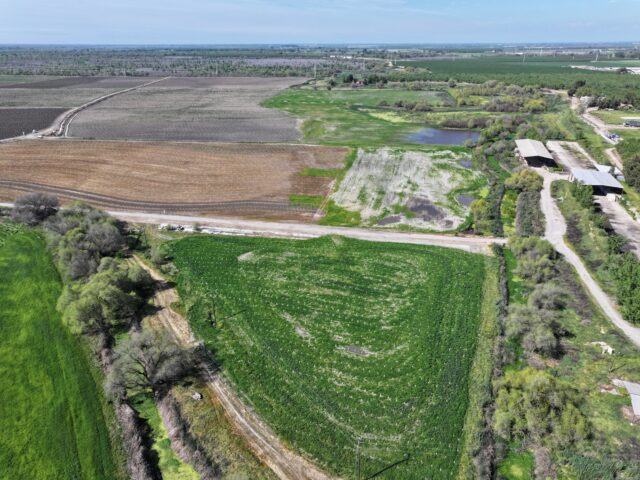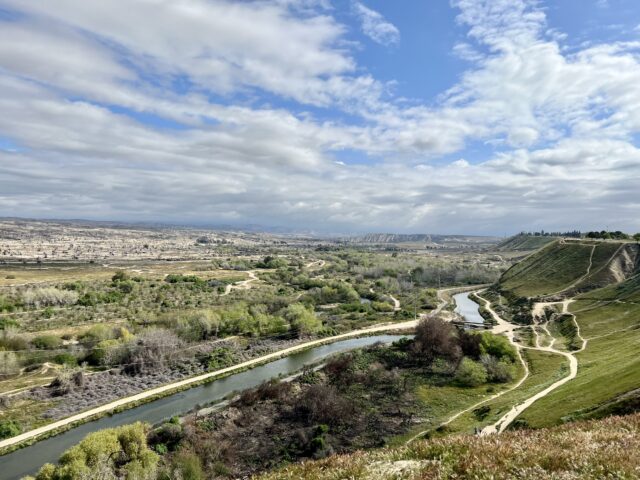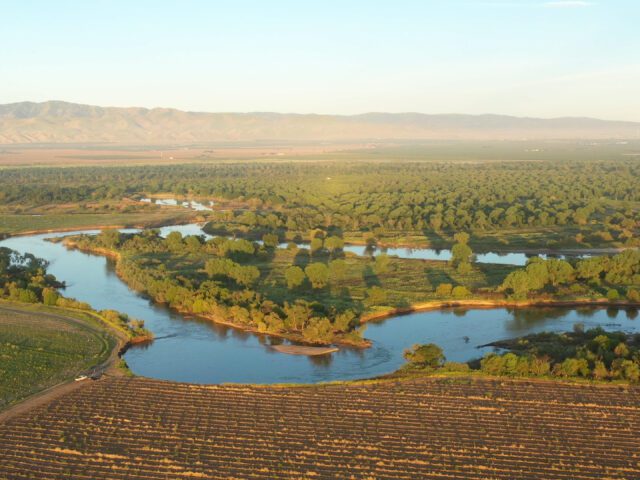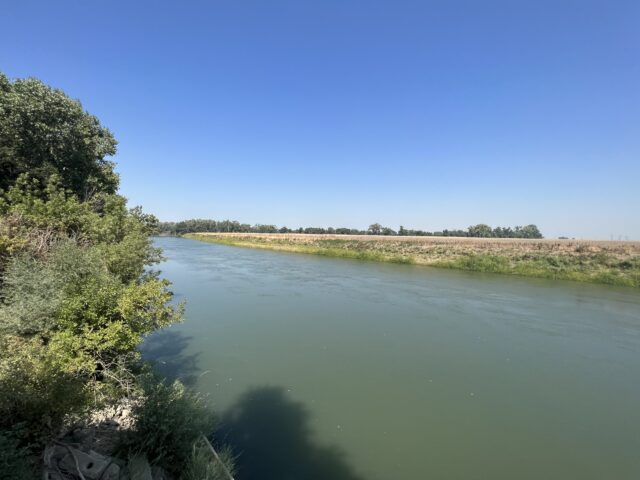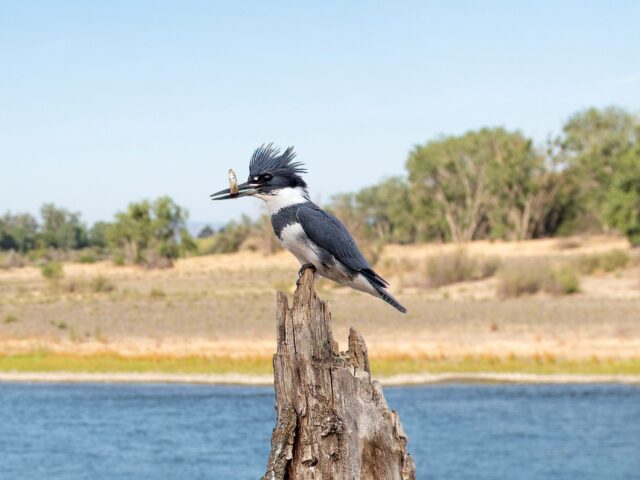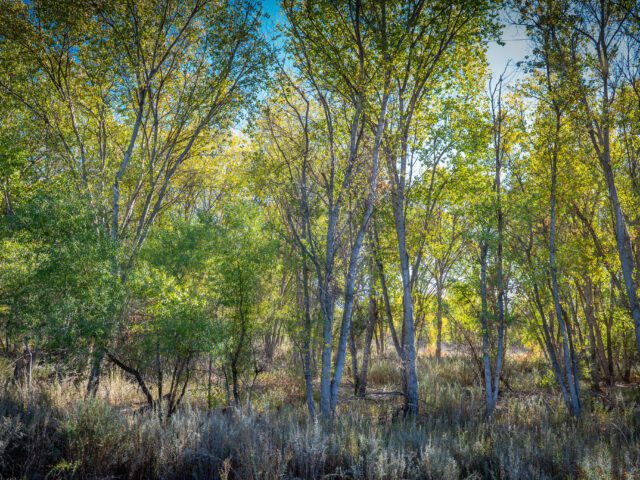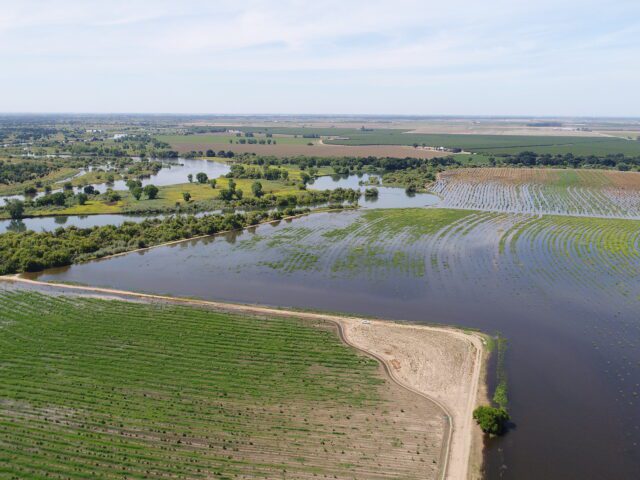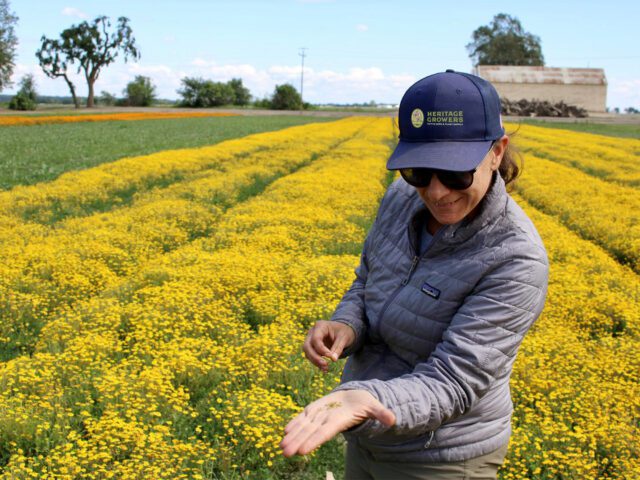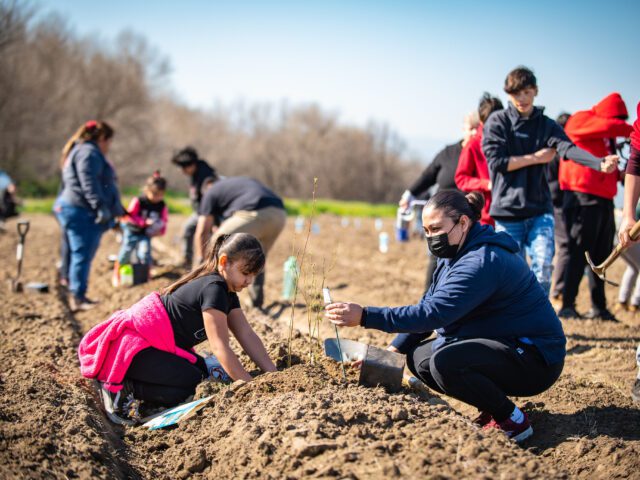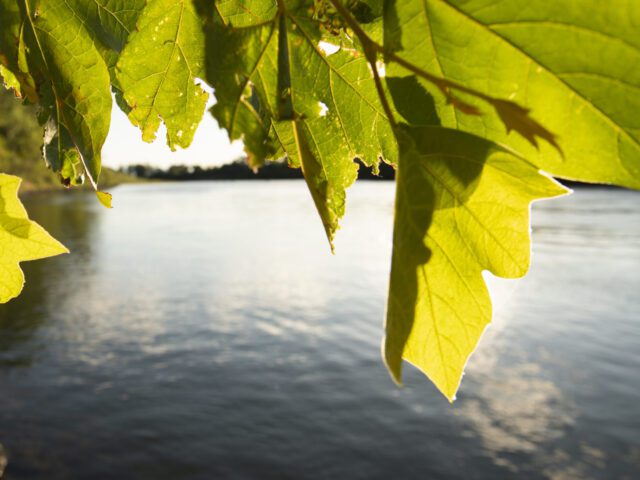River Partners acquired the 560-acre Sweetwater in 2024 through funding from the California Wildlife Conservation Board (WCB). Restoration of the unique property involves transforming arid farmland into a critical San Joaquin Valley wildlife habitat for many struggling species, from birds and amphibians to insects and mammals. We will also reintroduce the mosaic of riparian, wetland, and grassland habitats that once flourished in Merced County, permanently protecting it.
This will benefit many important and endangered species, forming the single largest wildlife corridor in California and one of the largest in the country. Restoration is scheduled to begin around 2030.
Project Impact
560 acres restored
45,000 native trees and vegetation to be planted
9 priority species protected
PLUS
Restoration efforts could replenish as much as 1,750 acre-feet of freshwater per year
About Sweetwater
Sweetwater’s restoration efforts will secure lands critical to biodiversity so that a thriving ecosystem can quickly return. Habitat creation here will begin with recreating natural swales and ponds and continue with restoring wetland, grassland and riparian (which is river-adjacent) habitats across the site. We will add native grasses and wildflowers—joining the surrounding preserved grassland habitat—as well as riparian vegetation.
Restoration at the property will preserve and enhance habitat connectivity between the San Luis and Merced National Wildlife Refuges and the Grasslands Wildlife Management Area. The Sweetwater parcel would reduce the gap between the San Luis and Merced Wildlife Refuges by about 30%. This area has been identified as a priority cross-state habitat corridor by various conservation groups.
This project could benefit endangered species like the San Joaquin kit fox and fairy shrimp species, threatened species like California tiger salamander, Tricolored Blackbird, giant garter snake, and Swainson’s Hawk, and other species of concern like the western spadefoot toad, burrowing owl, and monarch butterfly. Additionally, proposed ponds and swales on site could provide critical migratory and breeding habitat for waterfowl and shorebirds traveling along the Pacific Flyway.
In addition to transforming Sweetwater back into native habitat, our efforts will help build increased resilience to the extremes of a changing climate, including sustainable groundwater management. Restoring Sweetwater may conserve and replenish as much as 1,750 acre-feet of freshwater per year by eliminating irrigation water demand and increasing natural groundwater recharge. The restored habitat will provide increased floodplain capacity, improving safety for neighboring communities.
If added to the San Luis National Wildlife Refuge complex, our work will also help boost community health by creating recreational access for hiking, birding, hunting, photography, and other uses in the most park-starved region in California.
River Partners is proudly collaborating with researchers from Stanford University to identify porous locations at Sweetwater and nearby locations best suited for sustained floodplain inundation to maximize natural groundwater recharge. Researchers will compile existing data and generate maps using cutting-edge technology to identify areas where water, when provided room to move onto the restored landscape, will most easily seep into the aquifer to recharge groundwater supplies. Additional data will reveal where water would not seep in, but instead create ponded wildlife areas.
This restoration project would not be possible without the generous funding support from the Wildlife Conservation Board. Other project partners include Turner Island Water District, the U.S. Bureau of Reclamation, Audubon, The Nature Conservancy, San Luis National Wildlife Refuge, Merced National Wildlife Refuge, East Merced Resource Conservation District, and California Waterfowl Association.
Photos top to bottom, left to right:
- Mariposa Slough, a historic side-channel of the San Joaquin River, flows through this property
- Native trees and wildflowers will replace water-scarce farmland
- Restoration efforts could conserve or replenish as much as 1,750 acre-feet of freshwater per year
- Arid conditions will be rejuvenated by restored grassland, wetland, and riparian habitat



